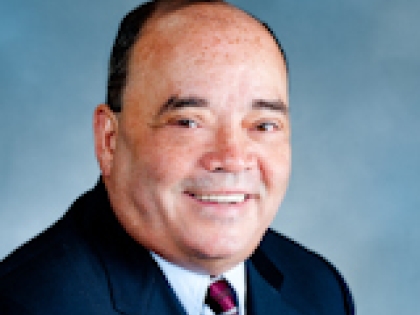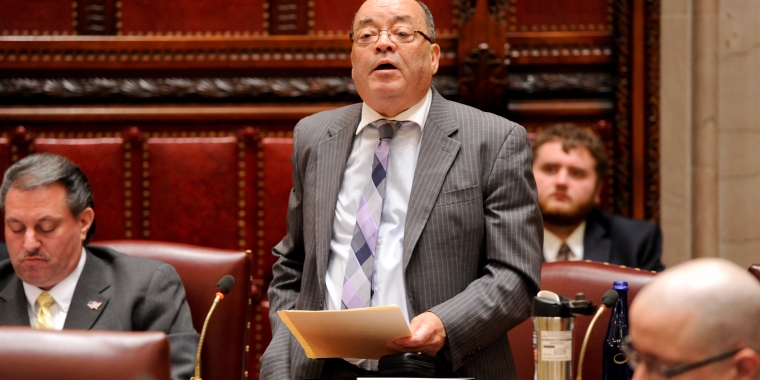
Historic Rehabilitation Tax Credit Passes Senate
Martin Malavé Dilan
May 27, 2009
-
ISSUE:
- Economic Development
Legislation will help redevelopment efforts of distressed communities
Today the New York State Senate passed legislation strengthening a 2006 community redevelopment program.
The Historic Rehabilitation Tax Credit (HRTC), S2960-B, sponsored by Senator Valesky, augments the existing state program to bring New York State in line with 30 other states with successful programs. The changes will allow the state to target reinvestment to distressed communities, as determined by the U.S. Census.
With a new census around the corner, many blighted areas and communities will have the opportunity to turn a page and begin implementing cost-effective revitalization programs under this legislation.
The bill passed the Senate with unanimous support and is expected to pass the Assembly. Because of the programs new found ability to attract new investment, business, and jobs to the state, despite the fiscal climate; the measure is expected to pass in the Assembly and ultimately signed into law by Governor Paterson.
Features of the Senate’s legislation include:
- Increase the cap on commercial credit value from $100,000 to $5 million; the residential credit value will increase from $25,000 to $50,000. These are over the course of the program, which is 5 years;
- Limit the availability of the residential and commercial credit of the program to “distressed” areas, which is defined as being located within a Census tract identified at or below one hundred percent of the median family income;
- Increase the percent of qualified rehabilitation costs that can be claimed for the credit from 6-percent to 20-percent, allowing for a higher percentage of qualified rehabilitation costs;
- Make the credit assignable, transferable, and conveyable within business partnerships, to allow for greater flexibility on the part of the investor, and attract out-of-state financing to in-state rehabilitation projects;
- Offer the rehabilitation tax credit as a rebate to make the program a stronger financial incentive for homeowners without significant income tax liability.
Share this Article or Press Release
Newsroom
Go to NewsroomSenator Dilan Earns 100 Percent Score in Environmental Scorecard
August 17, 2017

Senator Dilan Statement on A Train Derailment
June 27, 2017

Nadine Whitted
May 9, 2017
